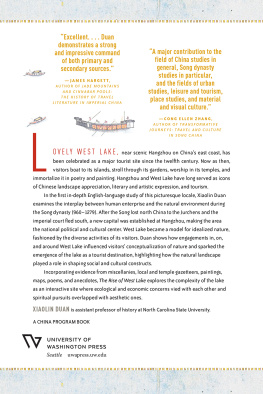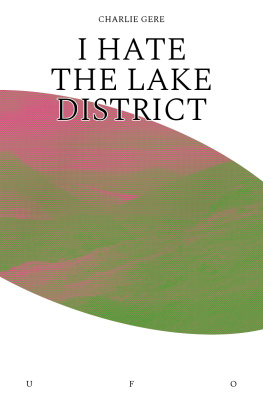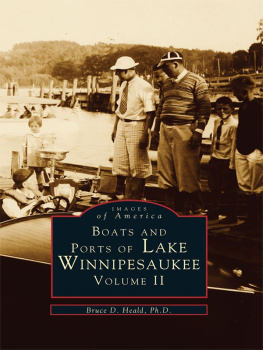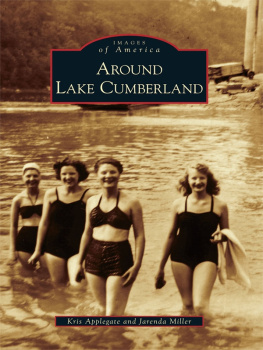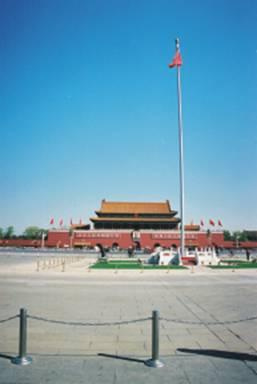Contents
THE RISE OF WEST LAKE
THE RISE OF
WEST LAKE
A CULTURAL LANDMARK IN THE SONG DYNASTY
XIAOLIN DUAN
A CHINA PROGRAM BOOK
UNIVERSITY OF WASHINGTON PRESS
Seattle
The Rise of West Lake was made possible in part by a grant from the China Studies Program, a division of the Henry M. Jackson School of International Studies at the University of Washington.
Copyright 2020 by the University of Washington Press
Printed and bound in the United States of America
Composed in Minion Pro, typeface designed by Robert Slimbach
242322212054321
All rights reserved. No part of this publication may be reproduced or transmitted in any form or by any means, electronic or mechanical, including photocopy, recording, or any information storage or retrieval system, without permission in writing from the publisher.
UNIVERSITY OF WASHINGTON PRESS
uwapress.uw.edu
LIBRARY OF CONGRESS CATALOGING-IN-PUBLICATION DATA
LC record available at https://lccn.loc.gov/2019034304
LC ebook record available at https://lccn.loc.gov/2019034305
ISBN: 9780295747118
COVER DESIGN: Stacy Wakefield Forte
COVER ILLUSTRATION: Formerly attributed to Li Song () (late 12thearly 13th c.), Scenic Attractions of West Lake (detail), ink and color on paper, 32.9 x 1581.1 cm. Freer Gallery of Art, gift of Charles Lang Freer (F1911.209).
The paper used in this publication is acid free and meets the minimum requirements of American National Standard for Information SciencesPermanence of Paper for Printed Library Materials, ANSI z39.481984.
To my parents
CONTENTS
ACKNOWLEDGMENTS
It has been a long ten-year journey since I started my first research on West Lake. I could never have even attempted, let alone completed, such a journey without the tremendous support, guidance, and good wishes of so many people in so many ways.
My deepest gratitude goes to my mentor, Patricia B. Ebrey. Her guidance sustained and nurtured me from the very beginning. Her unstinting support and mentorship helped me to put scattered thoughts and semicoherent drafts together and work through the various stages of this book. I am extremely grateful for her patience and thoroughness in providing constructive comments and direction.
I am also in debt to my mentors R. Kent Guy, Madeleine Yue Dong, Haicheng Wang, Shi-shan Susan Huang, Kyoko Tokuno, and David Spafford, who helped me conceptualize this project and advised me in the subsequent research and writing. They have broadened my vision by encouraging me to cross different intellectual boundaries into the fields of humanistic geography, art history, religious studies, and Japanese history.
My great appreciation also goes to my colleagues and friends from the University of Washington community: Chong Eun Ahn, Peyton Canary, Lin Chen, Xi Chen, Hsiao-wen Cheng, Chad D. Garcia, Qian He, Jeongwon Hyun, Gladys Ge Jian, Lily W. Schatz, Hsiang-lin Shi, Yingying Sun, Matthew van Duyn, Qian Yang, Sumei Yi, Xiaoshun Zeng, and Shuxuan Zhou, among others, for the discussions we shared and the many thought-provoking questions that came out of those conversations. Their unwavering emotional support and company have carried me through the most difficult times of research and writing.
Many scholars working in related fields and on similar subjects have read or heard parts of this work. I want to thank their meticulous readings of the early draft of this project and their honest and valuable comments. Each of them deserves much more than the brief mention I am giving here: Ian Chapman, Josh Yiu, Ronald Egan, Jenny Gavacs, Jeffrey Kinkley, Ellen Cong Zhang, Anne Gerritsen, Beverly Bossler, Liu Jingzhen, Christian de Pee, Iris Ai Wang, Mahlon Meyer, Rebecca Scott, Pablo Celis-Castillo, Ariela Marcus- Sells, Hui-Hua Chang, Mary Jo Festle, David Fletcher, Pamela Winfield, Michelle T. King, and David Ambaras.
Earlier drafts of material for this book were presented at conferences and workshops in Ann Arbor, Beijing, Berkeley, Boston, Fort Worth, Leiden, Philadelphia, Richmond, Seattle, Tempe, and Washington, DC, between 2011 and 2018. I am grateful to all those who kindly and critically commented on my work presented on those occasions, including Maggie Bickford, Timothy Brook, Peter Carroll, Cao Jiaqi, John Chaffee, Kaijun Chen, Deng Xiaonan, Siyen Fei, Qiliang He, Li-Ling Hsiao, Amy Huang, Robert Hymes, Alister Ingles, Hui-shu Lee, Yiwen Li, Lin Hang, Zoe Shan Lin, Gang Liu, Victor Mair, Thomas Mazanec, Tracy Miller, Julia K. Murray, Susan Naquin, Elizabeth Parker, Benjamin Ridgway, Lu Sun, Xiaosu Sun, Chang Tan, Barend ter Haar, Brian Vivier, Xin Wen, Stephen West, Wu Ren-shu, Wu Ya-ting, Lei Xue, Zhaohua Yang, Ting Zhang, Zhao Dongmei, Yanfei Zhu, and Leah Zuo. A preliminary exploration of chapter 6 first appeared in the book chapter of the edited volume Visual and Material Cultures in Middle Period China (Brill, 2017). Many thanks to the editors and the anonymous reviewers for their valuable feedback.
The completion of the book is made possible by the Hsiao Endowment and Fritz and Boeing Fellowships from the University of Washington, a Blakemore Internship from the Seattle Art Museum, a Hultquist Fellowship from Elon University, sponsorship from the Lieberthal-Rogel Center for Chinese Studies at the University of Michigan, and the research fund from North Carolina State University. During my several trips to China, I could not have accomplished much without the timely and generous support from the West Lake Museum and the Zhejiang Provincial Library in Hangzhou.
I would also like to express my appreciation to those who have generously assisted me in preparing my manuscript. Immense thanks are due to the two peer reviewers of this manuscript for their careful reading and constructive comments, which helped tremendously in improving this work. I am also indebted to Ann Fenwick, who edited early drafts of the manuscript and offered valuable insights and guidance. I want to thank James Hargett for his helpful suggestions on publication. Thanks also to the Freer Gallery of Art, the Palace Museum, and the Bibliothque Nationale de France for permitting me to use their images; also, thanks to Bill Nelson and Kailing Li for helping with the maps and illustrations. I have been fortunate to work with Lorri Hagman and her colleagues, Neecole Bostick, Michael O. Campbell, Beth Fuget, Kris Fulsaas, MBilia Meekers, Neal Swain, and Julie Van Pelt, at the University of Washington Press. Lorri has been a wonderfully attentive editor, and I am very grateful for her support in guiding me through this stressful but rewarding process.
Last, I reserve my fondest and deepest gratitude for my loving family: my parents and my husband, who have always been my unfailing source of love and confidence throughout the years. Their spiritual support has carried and accompanied me farther than I ever could expect to reach.
THE RISE OF WEST LAKE
INTRODUCTION
WEST LAKE, SITUATED NEXT TO THE CITY OF HANGZHOU, HAS Touring around the lake inspired writingsfrom elegant poems to supernatural anecdotesthat reveal the range of people attached to this place. The lakeshore was crowded with peddlers, restaurants, and other establishments due to relaxed commercial regulation outside the city walls. Monasteries that dotted the hills around the lake drew pilgrims and tourists alike. The Ten Views of West Lake, ten four-character titles for specific scenic vistas, became a popular subject for poets and painters, whose works were charged with their emotional attachment to nature; these views continue to shape the gaze of sightseers right up to the present.

